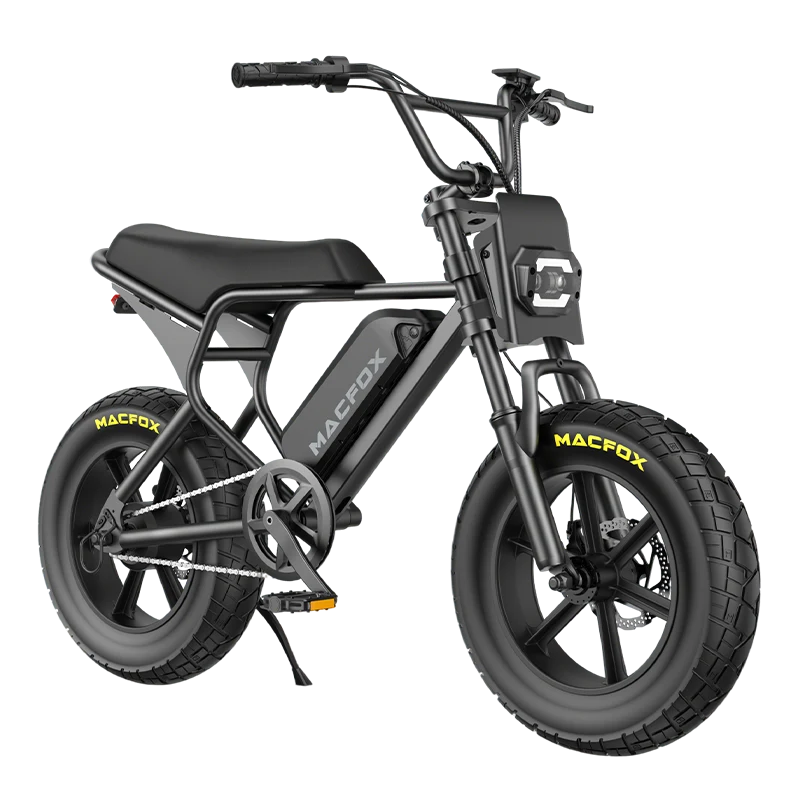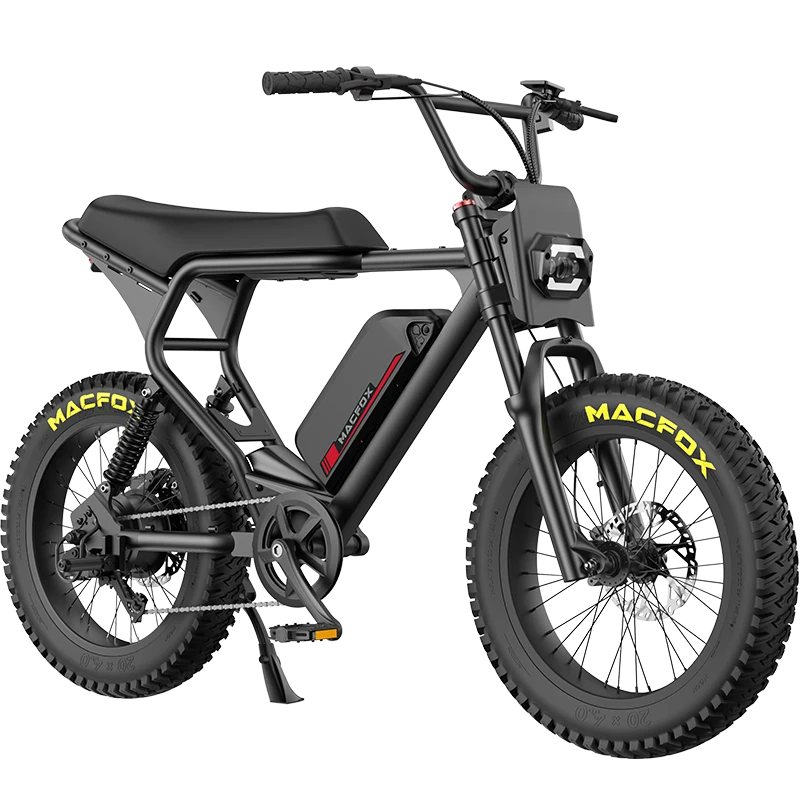The rise of bikes has been a game changer for city commuting. Now, the incorporation of regenerative braking technology signals a new era in efficiency and eco-friendliness.
While typically seen in cars, regenerative braking is gaining popularity in bicycles, showing promise for the future.
This piece explores the workings of braking systems in e-bikes, highlighting their environmental advantages and potential growth. It seeks to position them as players in transportation solutions.
How Does Regenerative Braking Work in Electric Bicycles?
Regenerative braking systems are a marvel of engineering adapted to the realm of bike regenerative braking.
When you apply the brakes on an electric bicycle with regenerative braking, something interesting happens. Instead of the usual process of creating heat by slowing down the bike, regenerative braking systems convert this energy into a different form of electrical energy.
This conversion is achieved by the motor, which switches roles to act as a generator.
This captured energy is then redirected back into the e-bike's battery, thereby recharging it during the ride.
This mechanism is particularly beneficial in urban cycling environments, where frequent stopping provides ample opportunities for energy recovery, making electric bicycles with regenerative braking exceptionally efficient.
Benefits of Regenerative Braking Systems
Regenerative braking systems on e-bikes offer a dual advantage: They enhance the battery's range and efficiency and contribute to the vehicle's overall sustainability.
By converting and storing energy typically lost during braking, these systems can extend the battery's life and increase the bike's range by 10-20%, thereby enhancing the bike's regenerative braking capability.
This increased efficiency means riders can travel longer distances on a single charge, making electric bicycle regenerative braking systems a desirable option for both new and seasoned cyclists.
Additionally, these systems significantly reduce the wear and tear on mechanical components, leading to lower maintenance costs and less frequent replacements.
Related Reading: How Hydraulic Disc Brakes Transform the E-Bike Experience
Limitations and Challenges
While the benefits are substantial, regenerative braking systems in electric bicycles do face challenges and limitations that affect their ubiquity and effectiveness.
The primary limitation lies in the dependency on frequent stops to maximize energy recovery, which means that the benefits of regenerative braking bikes are less noticeable on long, uninterrupted journeys where braking is minimal.
The complexity of integrating regenerative braking systems into e-bikes also presents hurdles, particularly in terms of cost and the technical sophistication required for installation.
These systems demand advanced electronic controllers and battery management systems to handle the fluctuating energy inputs, which can elevate the initial investment and maintenance complexity.
Comparison with Traditional Braking Systems
Comparing regenerative braking systems with traditional mechanical brakes illuminates significant differences, particularly in the context of energy efficiency and environmental impact.
Regenerative braking offers a method to recapture energy, a stark contrast to conventional brakes that simply dissipate energy as heat.
Despite their advantages, regenerative systems in e-bikes are generally paired with mechanical brakes to ensure reliability and safety across varying conditions.
This hybrid approach guarantees that electric bikes with regenerative braking can still provide sufficient stopping power in scenarios where regenerative braking alone might not suffice.
Current Trends and Future Developments
The ongoing evolution of regenerative braking systems is closely tied to advancements in battery and motor technologies.
As these components become more efficient and less costly, regenerative-braking electric scooters and e-bikes are likely to become more prevalent.
Current trends point towards the development of fully integrated systems that seamlessly combine regenerative and mechanical braking, promising enhanced user convenience and system efficiency.
The future holds great promise for regenerative electric bikes. They have the potential for widespread adoption, leading to more sustainable and energy-efficient urban transport solutions.
Conclusion
Regenerative braking systems represent a transformative development in the design and functionality of electric bicycles.
As this technology matures and becomes more accessible, it is poised to play a critical role in enhancing the sustainability and operational efficiency of bikes.
The continued growth and acceptance of regenerative braking systems will be pivotal in pushing the boundaries of what electric bicycles and regenerative e-bikes can achieve, setting the stage for a revolutionary shift in how we think about and utilize urban mobility solutions.
FAQs
What is regenerative braking in electric bicycles?
Regenerative braking in electric bicycles is a system that converts the kinetic energy typically lost during braking into electrical energy, which is then used to recharge the bike's battery.
How do regenerative braking systems benefit electric bicycle users?
Regenerative braking systems extend the battery's range and lifespan, reduce maintenance costs by minimizing wear on mechanical components, and enhance overall energy efficiency.
Are there any limitations to using regenerative braking in electric bicycles?
The primary limitations include dependency on frequent stops for maximum efficiency, higher initial installation costs, and the complexity of integrating advanced electronic control systems.


















